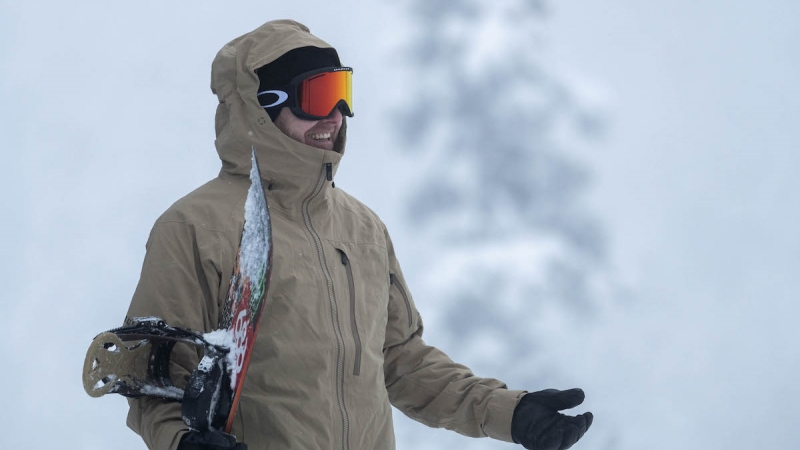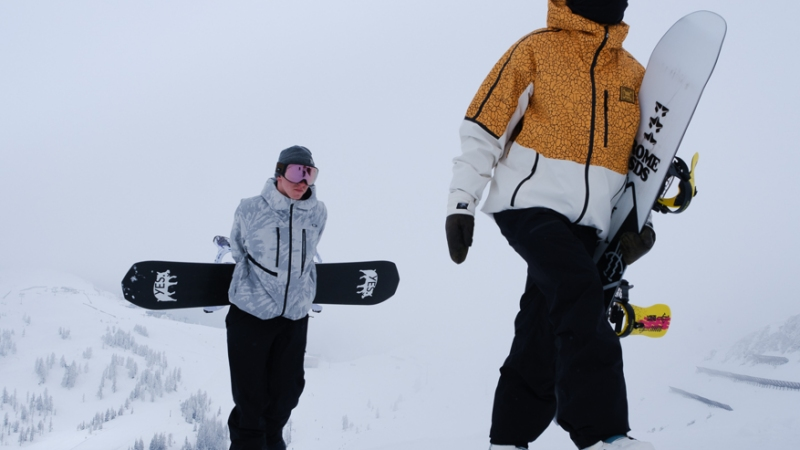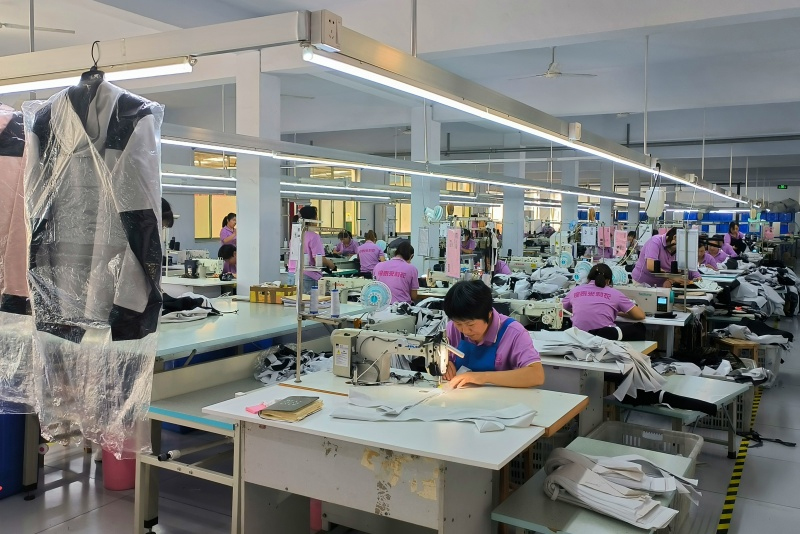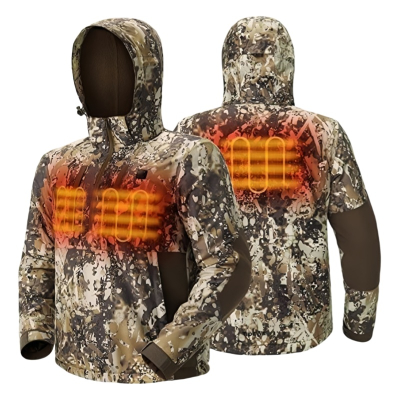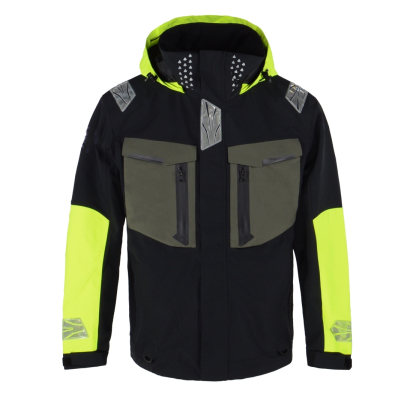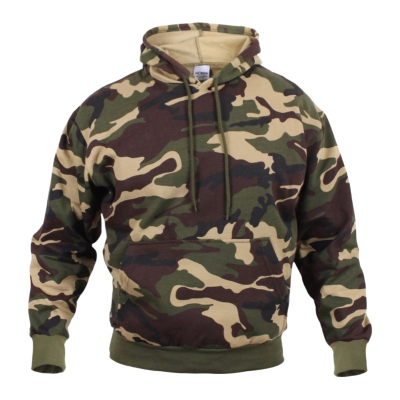What are the Disadvantages of a Snow Jacket
A snow jacket is indispensable for skiers and snowboarders in frost (-20°C) and snowfall (up to 7.5 cm/h). It provides warmth (down/synthetics), waterproofness (10,000–20,000 mm), wind protection and durability (3-5 seasons). However, its specialization entails significant disadvantages.
Main Disadvantages:
Bulky and Limited Mobility:
Weight and Volume (0.7–1.4 kg): Thick insulation and layers make the jacket bulky. This makes movement difficult (reduces mobility by 10–15% vs. light membranes), especially during active skiing (snowboarding tricks, sharp turns on skis). Inconvenient in transport or deep snow.
Limited Breathability:
Humidity inside:High water resistance (15,000–20,000 mm) often means low breathability (8,000–15,000 g/m²/24h). During intense exercise, sweat is not removed, creating discomfort (+20–30% humidity inside).
Ventilation is not ideal: Pit zips help, but are risky to open in snow. Effective ventilation systems add cost.
Overheating in Mild Weather:
Excessive insulation:A jacket rated for -20°C overheats at temperatures around 0°C..+5°C or in the sun. You have to constantly unzip or remove layers, which is inconvenient.
Low adaptability:Modular systems (3-in-1) are expensive and still bulky. Simple jackets do not adapt to changing weather.
High Cost of Ownership:
Price:From $100 (entry level) to $1000 (premium with Gore-Tex, RECCO). 30-50% more expensive than regular winter jackets.
Service:Special detergents are required ($10-$20), gentle drying. The water-repellent coating (DWR) needs to be renewed every 20-30 washes ($15-$25). Repairs (zippers, seams) are additional costs ($20-$100).
Maintenance Complexity:
Cleaning:Incorrect washing (with regular powder) clogs the membranes, reducing productivity by 20-30%. A strict maintenance procedure is required 2-3 times per season.
Amount:Zippers, Velcro, and snow skirts wear out faster in harsh conditions. Repairs after a season of active use can cost $50-$100.
Limited Versatility and Style:
Niche design:Bright colors, voluminous forms for the slope do not go well with the urban style. Minimalistic models are rare and expensive ($300+).
Not for the city:Special elements (snow skirt, hood under helmet) are useless and look strange in everyday wear. Does not replace a regular winter jacket.
Environmental Impact:
Pollution:Synthetic materials (polyester, nylon) contribute to microplastics. Production of one jacket - 10-15 kg CO2.
Chemistry: Water-repellent impregnations (PFCs) are harmful, although they are gradually being replaced. "Green" alternatives (PFC-free, recycled fabrics) are more expensive ($50-$100).
Problems with Transportation and Storage:
In luggage:Bulky (takes up 20-30% more space than a light down jacket), heavy. Inconvenient for travel.
Storage:Requires a lot of space in the closet (60-90 cm). The fold damages the insulation.
Is It Worth Buying a Snow Jacket?
Yes, if you:Active skier/snowboarder (20+ days/season). Value ($200-$500/year in comfort and safety) justifies the investment ($300-$500). Protection (20Kmm, -20°C, RECCO) and durability (3-5 seasons, $4-$9/day) are indispensable on the slope.
No, if you:You ride rarely (5-10 days/year) or need a versatile jacket. The cost, bulkiness and maintenance ($50-$100/year) do not pay off. A simpler and cheaper ($50-$100) alternative is enough.
Conclusion:
Snow jacket is the best protection in harsh snow conditions. But its shortcomings are significant: limited mobility, re -heating, high price and complex care, non -ecological, poor versatility. The choice depends on your activity: it is necessary for frequent guests of the slopes, rare visitors or citizens is irrational. Evaluate your needs for the frequency of use, activity, budget and environmental friendliness before buying.

